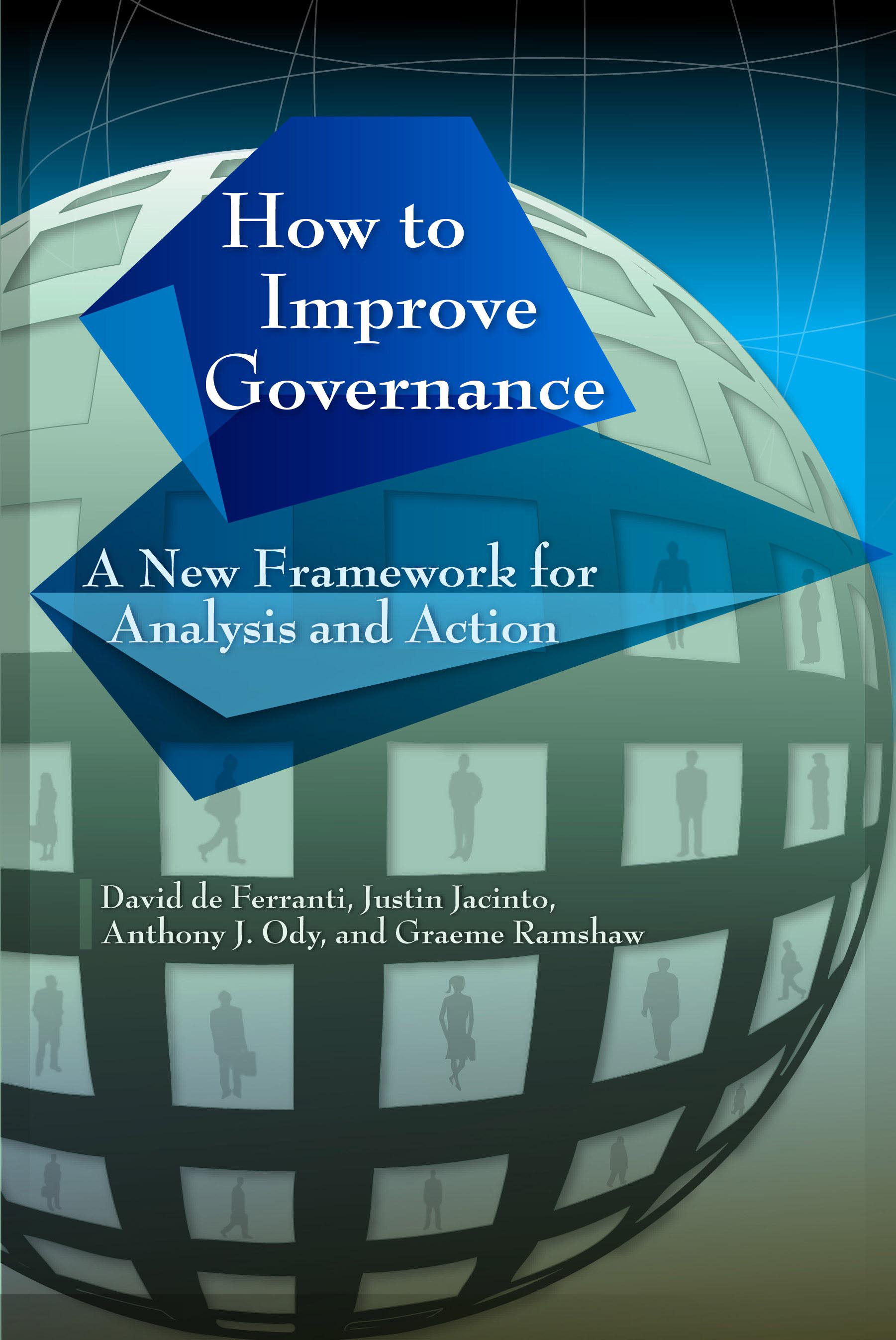
People with relatively little education and comparatively low earnings don’t live as long as those with higher levels of education and income. That much has been known for some time. But it turns out that this gap is widening significantly, and is starting to have big effects on Social Security, Medicare and other programs.
The growing lifespan gap has been confirmed, most recently, by a committee of the National Academies of Sciences, Engineering and Medicine that we co-chaired, whose report is released Thursday. Among men born in 1930 who survived to age 50, those in the highest of five earnings categories could expect to live five years longer than those in the lowest category, our analysis found. For men born in 1960 who survived to age 50, the lifespan differential will ultimately amount to almost 13 years. And the picture for women is similar.
More specifically, the lowest earners in both generations had roughly a one-in-four chance of surviving to age 85. Among the higher earners, however, the share of those reaching 85 is rising from less than half in the older generation to two-thirds in the younger one.
These trends mean that high earners will probably receive Social Security, Medicare and other such government benefits for many more years than low earners do.
Looking at the health and mortality data on American men (and using a computer simulation to keep everything else about them the same), our research also aggregated total benefits after age 50 under the major entitlement programs — including Social Security, Medicare, Medicaid, Disability Insurance and Supplemental Security Income — revealing the patterns that emerge based on lifetime earnings. And the results surprised many committee members.
For men born in 1930, lifetime entitlement benefits received after age 50 have been roughly similar across income groups. High earners have had longer lives, so they have received more from Social Security. But the lower earners have received more on average from Medicaid, Disability Insurance and Supplemental Security Income — thus balancing the scales. And Medicare benefits received have been roughly the same across earnings groups.
For men born in 1960, however, top earners are projected to receive significantly more lifetime benefits — for those in the top bracket, $132,000 more. And that’s even taking into account the effect of mortality differences on taxes after age 50 paid by the various groups.
Another perspective on the same point: The top earners’ greater life expectancy generates an increase in lifetime net benefits equivalent to 7 percent of their wealth at age 50, whereas the lowest earners can expect no increase at all. Top-earning women born in 1960 will receive 5 percent more net benefits, while the lowest-earning women will receive 4 percent less than earlier generations got.
We also looked at what might change if certain proposed reforms were enacted to entitlement programs. If, for example, the age of earliest eligibility for Social Security were raised to 64, from 62, that would slightly widen the benefits gap — even though it would have little effect on Social Security’s finances.
Raising Social Security’s normal retirement age to 70, from 67 would lower everyone’s lifetime benefits, but more so for low-income than high-income workers. However, because Social Security accounts for a larger share of total government benefits for high-income people over 50, the net result would reduce total benefits from all programs proportionately more for the highest earners than for the lowest.
The life expectancy gap is widening markedly, and this is causing a big change in the pattern of lifetime government benefits. In evaluating any improvements to entitlement programs, policy makers will need to keep these trends in mind.
This post originally appeared in
Bloomberg View.







